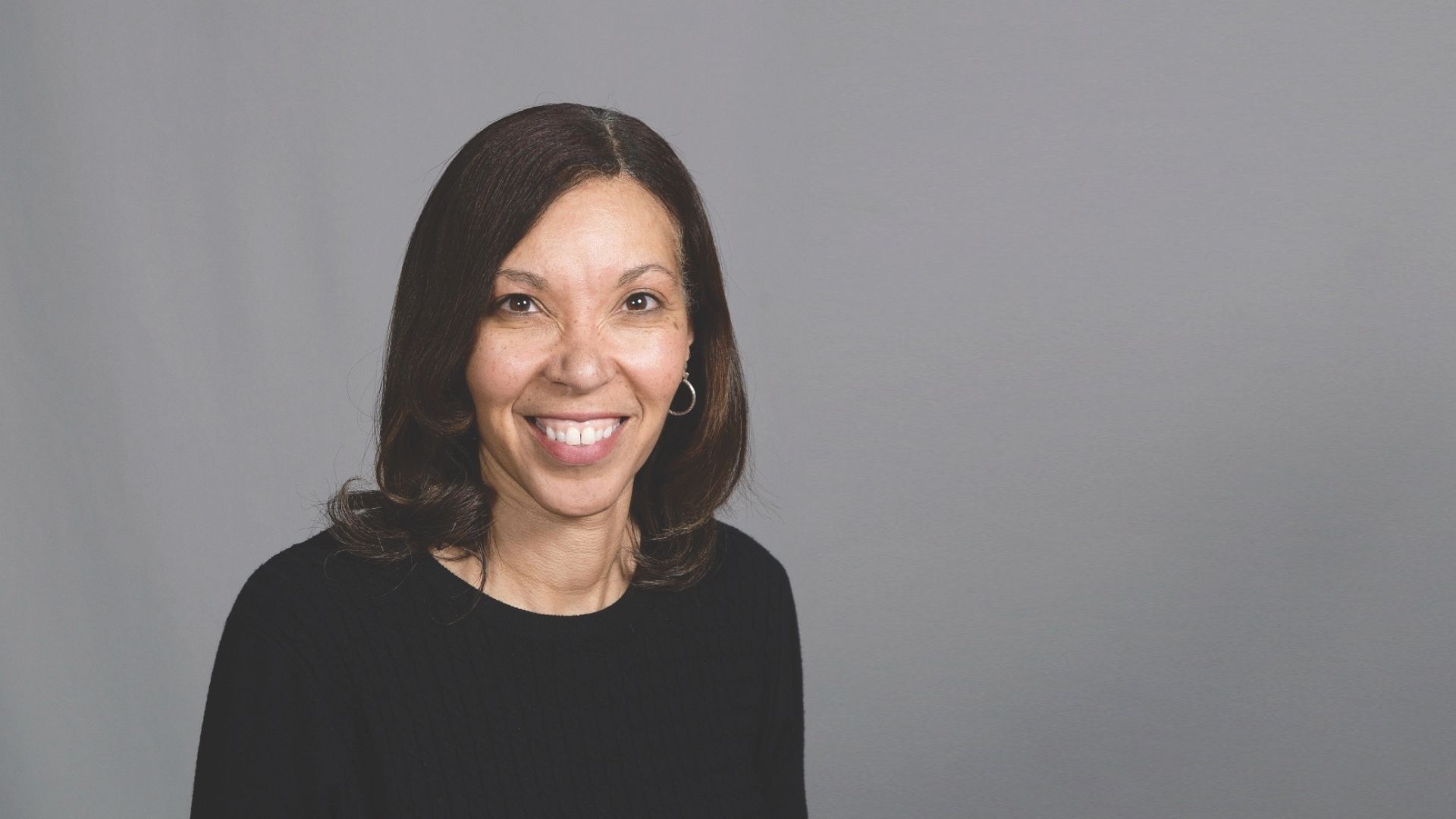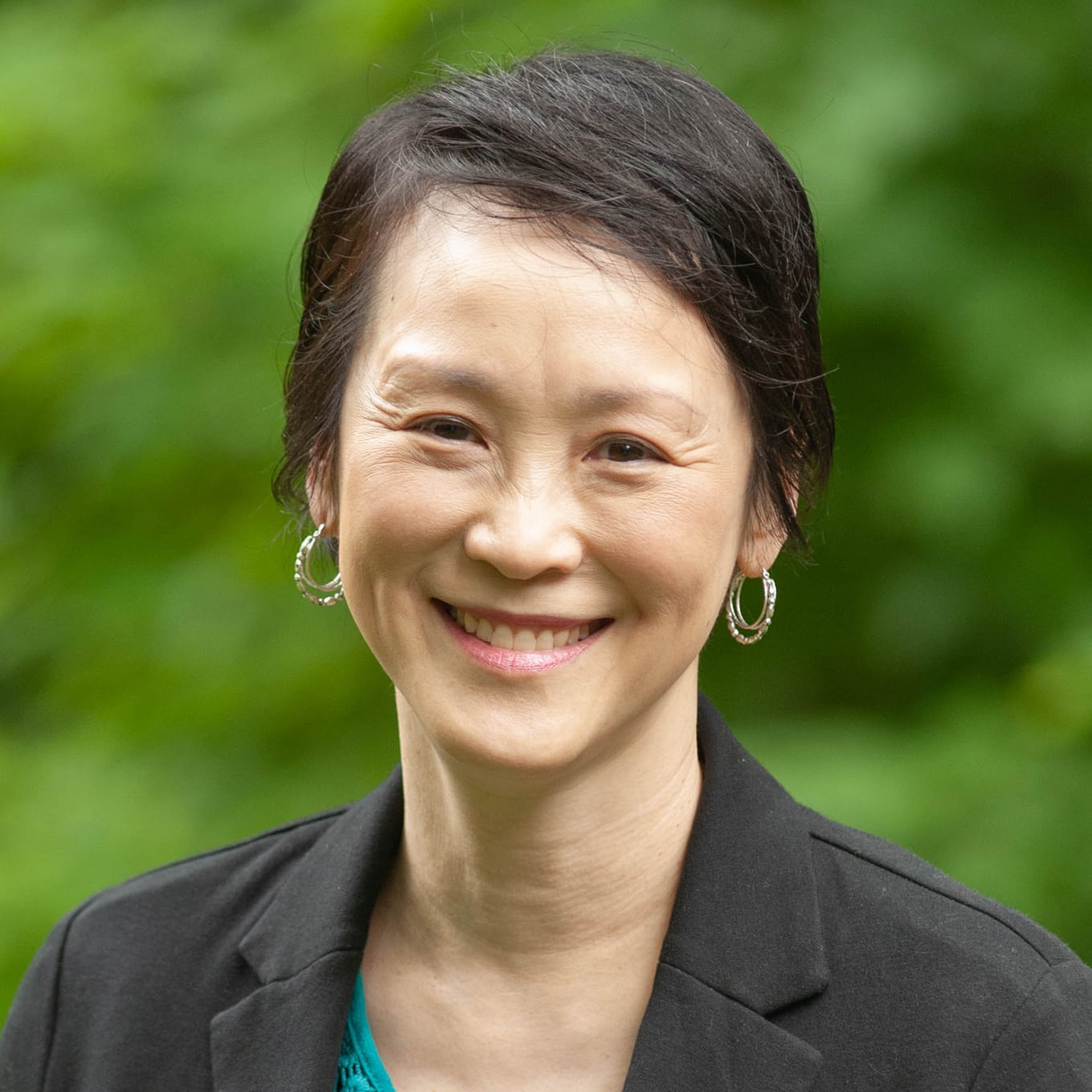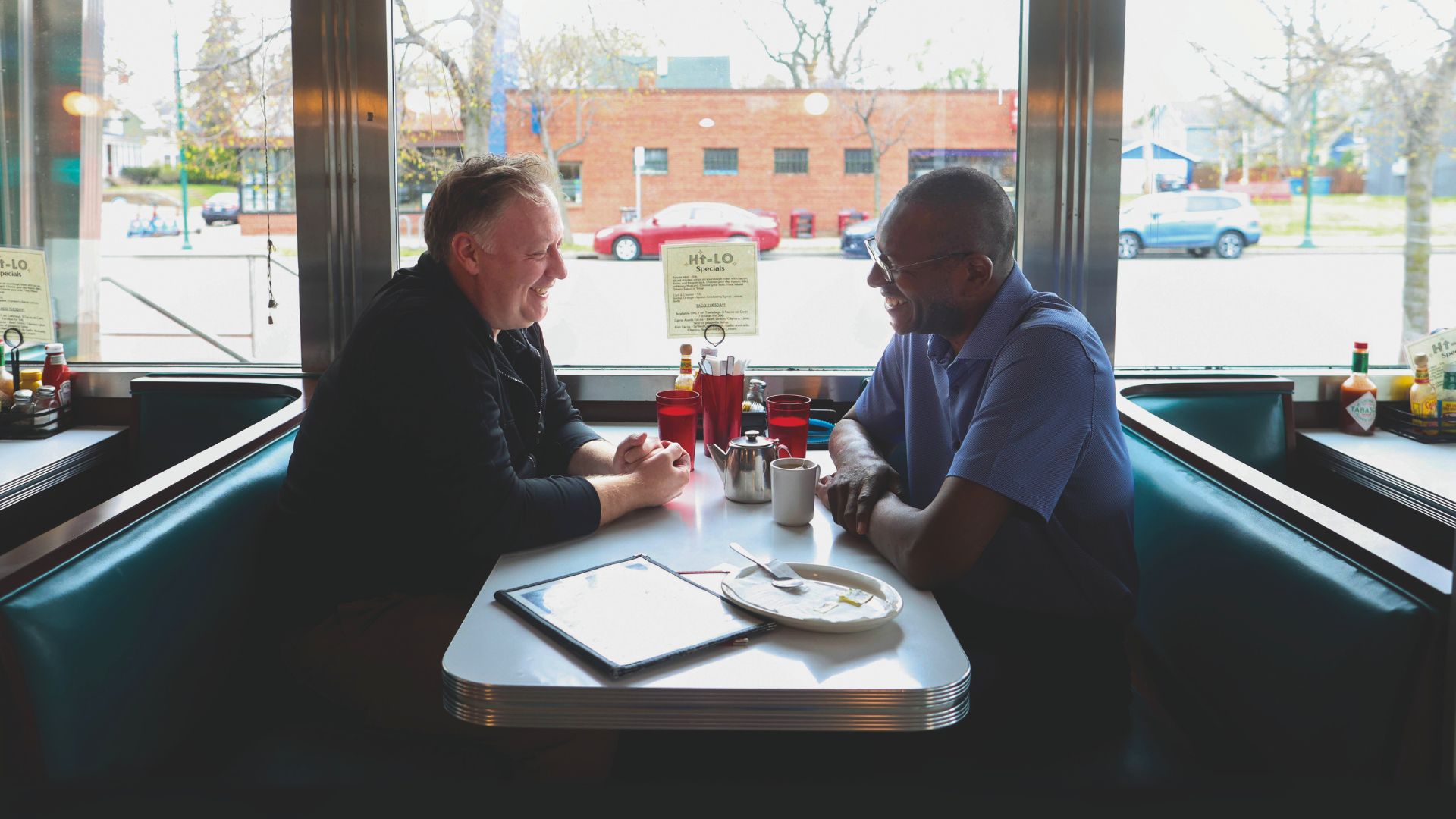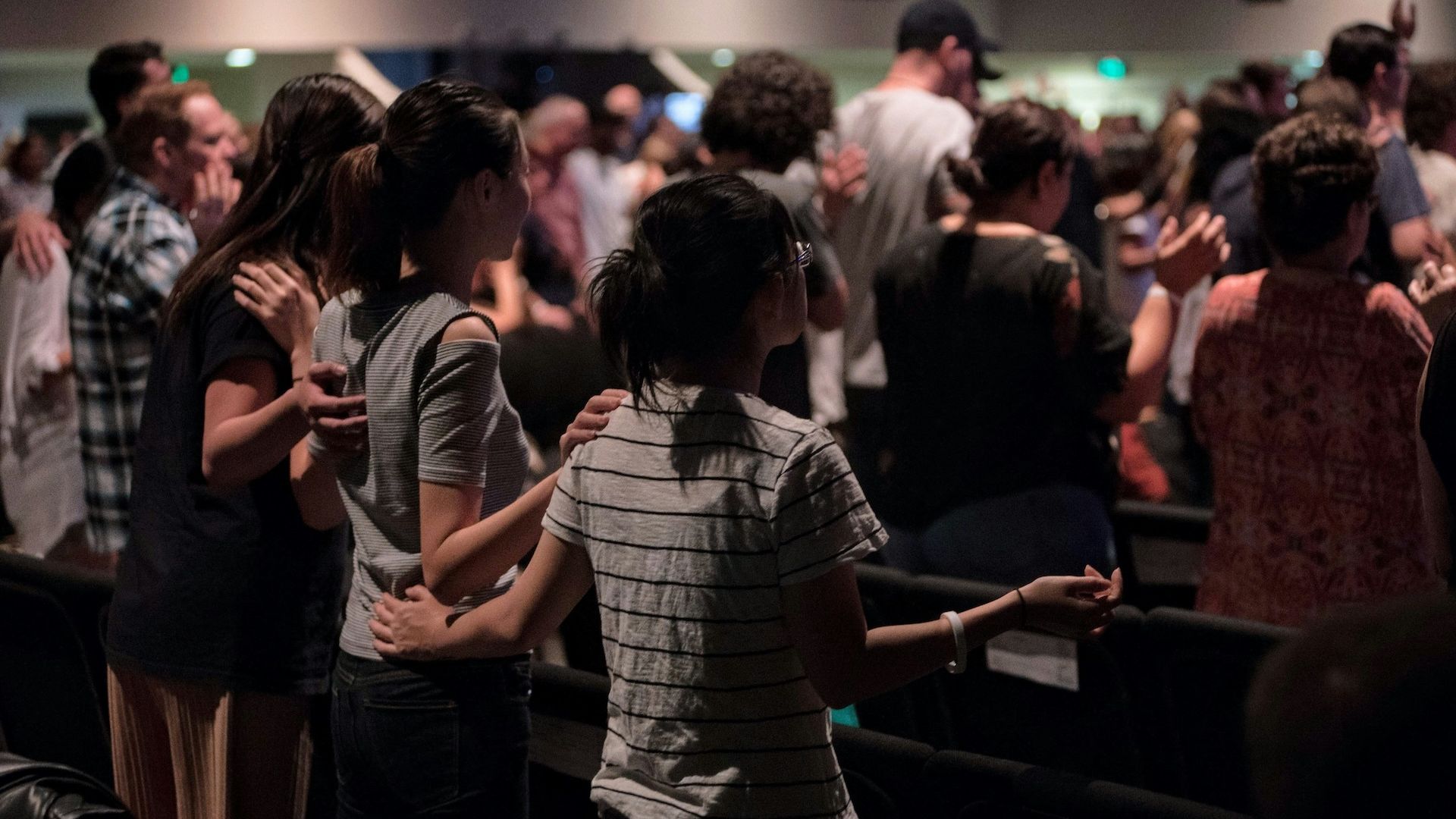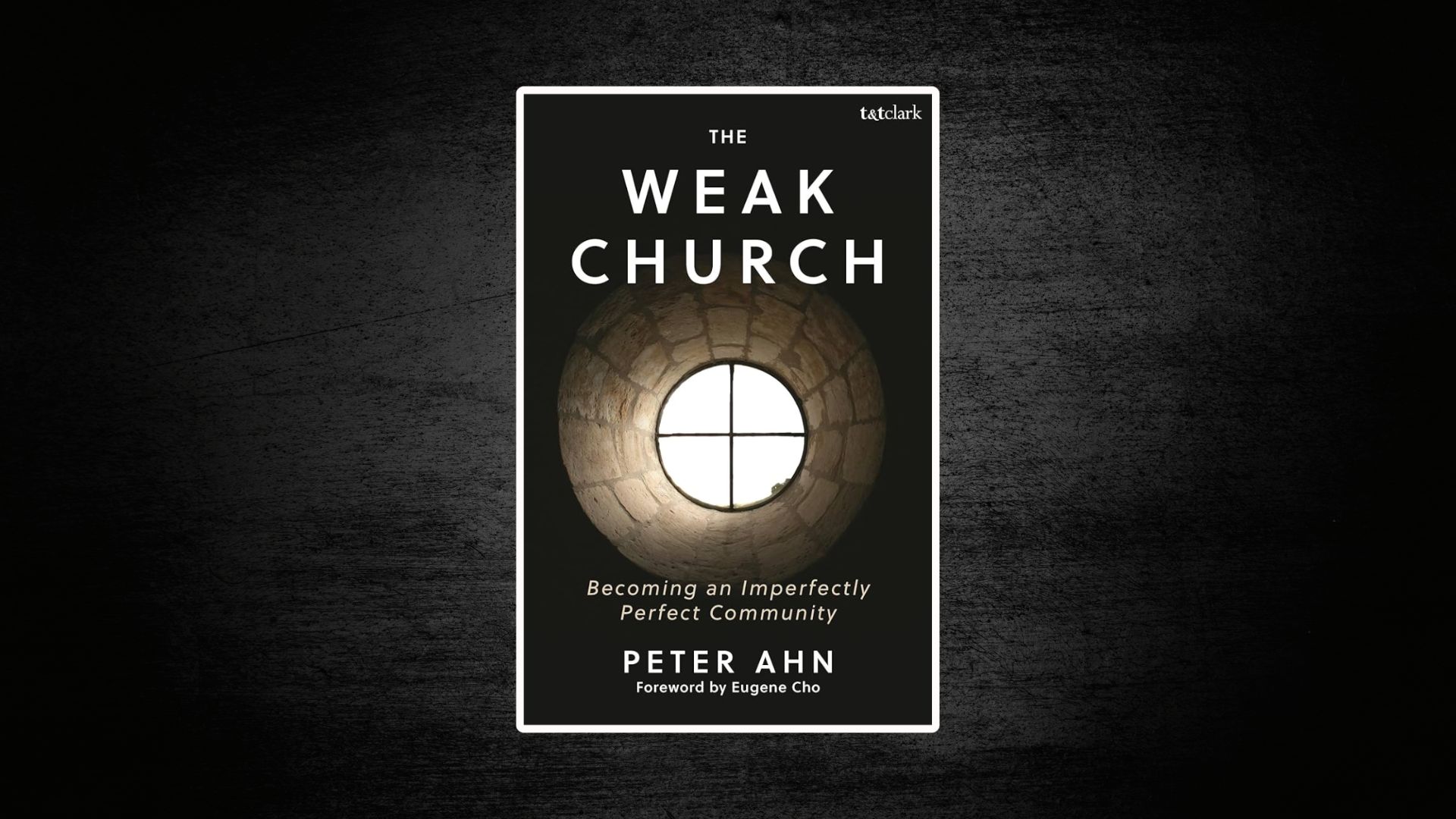The first article in a series of stories on the innovative thinking found in Covenant churches focuses on South Bay Community Church in Fremont, California.
When Tammy Long became lead pastor of South Bay Community Church in Fremont, California, she had no idea she would end up leading a congregation that serves as a resource and support for the community on mental health. Or that she would be leading a hybrid church both in-person and online—especially given that the congregation is primarily older, a population that does not tend to naturally gravitate toward technology.
But today, South Bay Community Church is a thriving, vibrant, hybrid church. It provides a network of mental health support and resources to serve those around them, using technology as an indispensable tool for how the church conducts its ministry.
Like many other pastors, Long has learned how to adjust and discover new paths of ministry in the midst of the disruption of the pandemic. She has developed a toolbox of ideas and practices—below are three that she implements.
Looking for the Next Step
Long says disruptive circumstances are like being in nature. “I see it like a physical challenge on a walk,” she explains. “Whether it’s a stream to cross or a fallen log, it’s figuring out what is around me to get from where I am to where I feel I’m supposed to go.”
When crisis unfolds, it is impossible to make a long-term plan. Long says considering the next step is like rock climbing. “I say, God, thank you, that’s the handhold, that’s where to put my foot next. Sometimes it’s daunting,” she admits, “but it’s also an adventure.”
Part of adjusting to disruption is discovering new possibilities and pathways. Instead of waiting until there is certainty or having all the pieces in place, Long recognizes that uncertainty is here to stay. That means “pivoting to do what we do with the limitations that we have now. It’s not in my mindset to go back to normal,” she explains. “My mindset is, this is a new reality.” So she asks, “God, how can we be your people in this time?”
Leveraging an Area of Strength
Despite the challenges of Covid, South Bay has found new ways to make an impact. A focus on mental health has been a part of the DNA of the church for years after members of the congregation attended a series of workshops on the topic. Focusing on mental health became more normalized in the church, with people feeling more comfortable sharing their experiences.
South Bay began to host webinars on self-care and mental health. After the murder of George Floyd, ministries provided webinars addressing anxiety and depression. One webinar dealt with anger in response to racism. “A class on meeting Jesus through anxiety had a number of people sign up,” says Long. “We did a sermon series on mental health to dive deeper. We gathered mental health professionals together and shared videos on anxiety and depression, mental health and youth, the importance of physical fitness on mental health, and how to look for signs of a need for help and support.” The seminars continue today.
“Because emotional and spiritual health is so integrated to mental health, we also leaned into prayer,” says Long. “We placed a huge emphasis on drawing near to God.” These efforts included a midweek prayer call. A weekly breath prayer also goes out, encouraging people to pause and pray, experiencing God through breathing exercises. South Bay has held a prayer vigil and created a support system with names to share with those who need help. The church subscribed to a mental wellness video library that was embedded on their website.
Embracing Technology
Instead of fighting uncontrollable circumstances, Long looks at where she needs to grow. At the beginning of Covid, she realized one area of potential growth was embracing technology. Like many other churches, South Bay moved online for services. The leadership prioritized helping people feel connected. They choose Zoom to increase interaction. Services were intentionally designed to maximize engagement with each other. The experience has been so popular that they continue to meet both online and in-person, integrating both groups into one service.
Activities vary from Sunday to Sunday. During meet-and-greet time, the host sometimes provides a prompt for discussion, a different topic each week. In-person worshipers talk to people in the room, and the online audience moves to breakout rooms or greets each other in the chat. At times, chat comments are read aloud and acknowledged.
This hybrid experience is an intentional integration of connecting the two groups of worshipers into one church family. Whether attendees are online or in person, South Bay continues to experiment with how to mingle the congregation through both in-person and virtual elements. Virtual attendees can view the service through two cameras, one focused on the stage and one that pans the sanctuary. The in-person service also has an online view on screen so people in the sanctuary can see virtual church members as they join. At times, the speakers are virtual. One online member sends people off with a virtual hug at the end of the service. Long explains, “Sometimes it’s as simple as the Zoom gallery and the people [in the sanctuary] wave to each other!”
The virtual platform has expanded the reach of the church. Attendees have joined from Texas, Tennessee, Virginia, and other locations. The congregation is mostly older, and some families are still online; the hybrid platform provides a way for people to stay connected. The church has begun a virtual prayer room and is working on virtual guest services, preparing for the eventuality that some may never come to the physical building.
These efforts sought to connect the church with God and with each other to reduce the feeling of being alone. Perhaps they work a little too well, Long notes, as some church members prefer to remain online, and it has been a little difficult getting people to return in person. But she remains consistent in her efforts to accept the reality and to continue to invest in the online format. “I see it as an additional campus. I want Zoom to be as stellar as it can be!”


